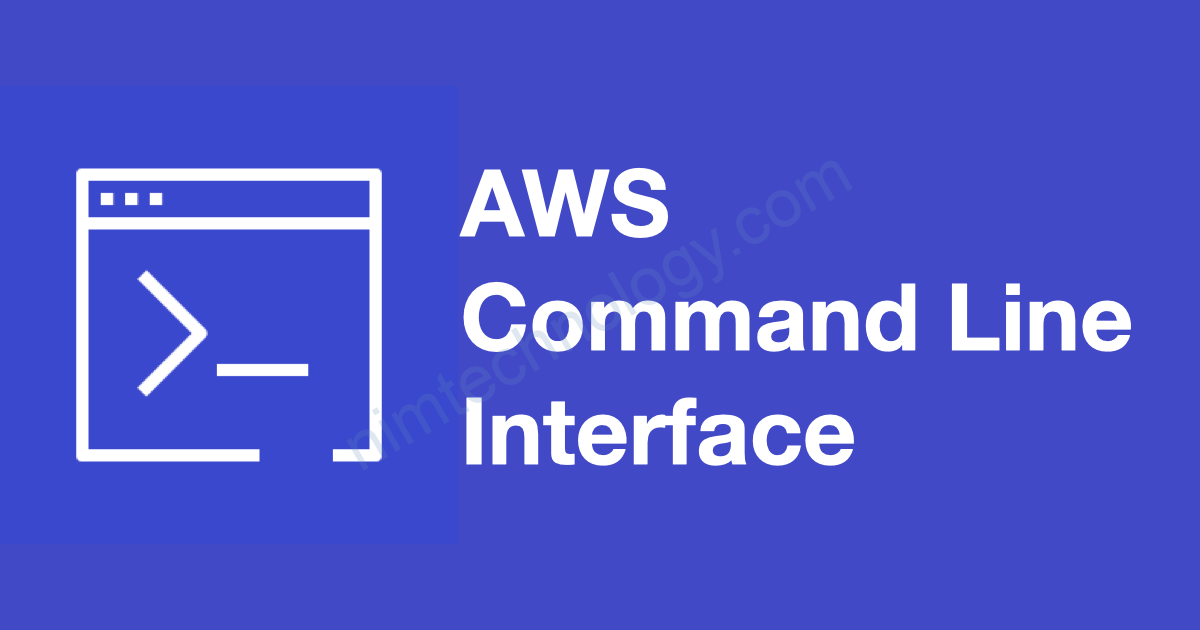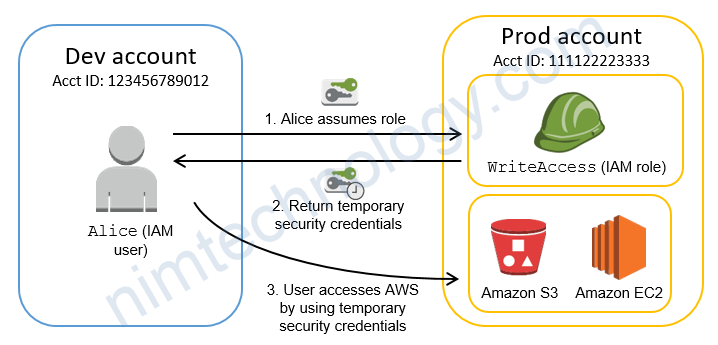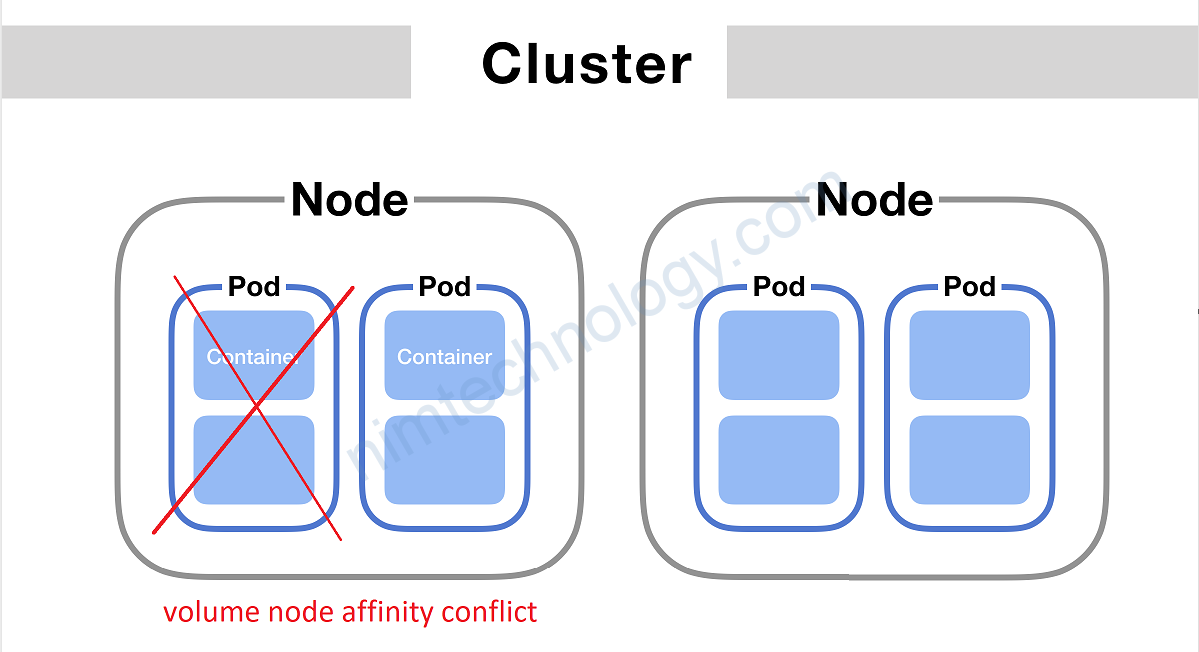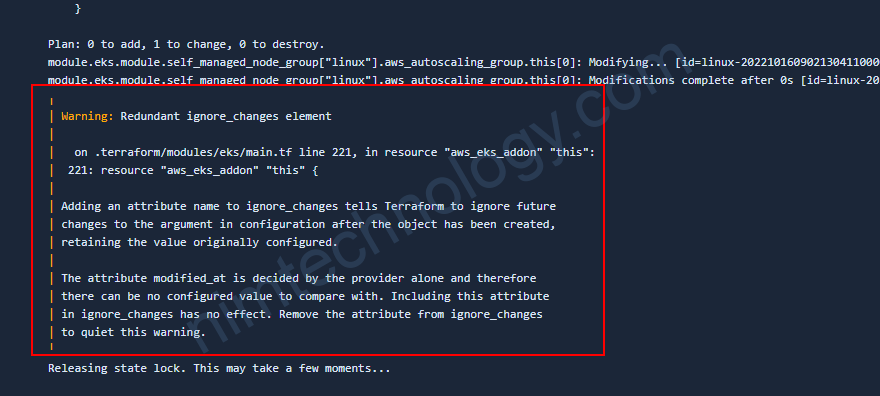Introduce DocumentDB.
DocumentDB mongoDB.
- Aurora is an “AWS-implementation” of PostgreSQL/MYSQL…
- DocumentDB is the same for MongoDB (which is a NoSQL database)
- MongoDB is used to store, query, and index JSON data
- Similar “deployment concepts” as Aurora
- Fully Managed, highly available with replication across 3 AZ Aurora storage automatically grows in increments of 10GB, up to 64 TB.
- Automatically scales to workloads with millions of requests per seconds1
Provisioning DocumentDB by Terraform.
để provision DocumentDB chúng ta chủ yếu tìm hiểu 2 resources này:
https://registry.terraform.io/providers/hashicorp/aws/latest/docs/resources/docdb_cluster
https://registry.terraform.io/providers/hashicorp/aws/latest/docs/resources/docdb_cluster_instance
chúng ta sẽ tìm hiểu 1 số value cần thiết thông qua config bên dưới:
resource "aws_docdb_cluster" "default" {
count = module.this.enabled ? 1 : 0
cluster_identifier = module.this.id
master_username = var.master_username
master_password = var.master_password != "" ? var.master_password : random_password.password[0].result
backup_retention_period = var.retention_period
preferred_backup_window = var.preferred_backup_window
preferred_maintenance_window = var.preferred_maintenance_window
final_snapshot_identifier = lower(module.this.id)
skip_final_snapshot = var.skip_final_snapshot
deletion_protection = var.deletion_protection
apply_immediately = var.apply_immediately
storage_encrypted = var.storage_encrypted
storage_type = var.storage_type
kms_key_id = var.kms_key_id
port = var.db_port
snapshot_identifier = var.snapshot_identifier
vpc_security_group_ids = concat([join("", aws_security_group.default[*].id)], var.external_security_group_id_list)
db_subnet_group_name = join("", aws_docdb_subnet_group.default[*].name)
db_cluster_parameter_group_name = join("", aws_docdb_cluster_parameter_group.default[*].name)
engine = var.engine
engine_version = var.engine_version
enabled_cloudwatch_logs_exports = var.enabled_cloudwatch_logs_exports
tags = module.this.tags
}
cluster_identifier: This is the name you give to your DocumentDB cluster for identification
backup_retention_period: (Optional) parameter in the context of configuring an AWS DocumentDB cluster (or other database services) is crucial for defining how long your backups are retained (stored) before being automatically deleted. Default 1preferred_backup_window: (Optional) specifies the daily time window during which automated backups are initiated, follows the format hh24:mi-hh24:mi.
– For example, 03:00-06:00 indicates a backup window that starts at 3:00 AM UTC and ends at 6:00 AM UTC.
– Time in UTC Default: A 30-minute window selected at random from an 8-hour block of time per regionE.g., 04:00-09:00
preferred_maintenance_window: (Optional) The weekly time range during which system maintenance can occur, in (UTC) e.g., wed:04:00-wed:04:30
skip_final_snapshot: (Optional) If set to true, no final snapshot is taken when the cluster is deleted. This can be risky because you won’t have a backup of your last statefinal_snapshot_identifier: (Optional) A final snapshot is taken for backup before deleting the cluster. This setting specifies the name for that snapshot, which is set to a lowercase version of the cluster identifier.
deletion_protection: (Optional) If true, the cluster cannot be deleted, which helps prevent accidental loss of data. By default, deletion protection is disabled
apply_immediately: (Optional) Determines whether changes are applied immediately or during the next maintenance window. Default is false.
storage_encrypted: (Optional) When set to true, your data at rest in the cluster is encrypted. The default is falsestorage_type: These settings configure the storage type. Valid values: standard, iopt1.kms_key_id: (Optional) The ARN for the KMS encryption key. When specifying kms_key_id, storage_encrypted needs to be set to true.
port: (Optional) The port on which the DB accepts connectionssnapshot_identifier: If specified, the cluster is created from this snapshot, effectively cloning or restoring from a backup.
Sau khi provisioning resource trên bạn sẽ được như dưới hình:

Sau khi chúng ta provisioning được con controller thì chúng ta tiếp tục provision các con instance:
resource "aws_docdb_cluster_instance" "default" {
count = var.cluster_size
identifier = "${var.cluster_name}-${count.index + 1}"
cluster_identifier = join("", aws_docdb_cluster.default[*].id)
apply_immediately = var.apply_immediately
preferred_maintenance_window = var.preferred_maintenance_window
instance_class = var.instance_type
engine = var.engine_db
auto_minor_version_upgrade = var.auto_minor_version_upgrade
enable_performance_insights = var.enable_performance_insights
ca_cert_identifier = var.ca_cert_identifier
}
identifier: Defines a unique identifier (name) for each cluster instance
instance_class: The instance class to use. For more details, see https://docs.aws.amazon.com/documentdb/latest/developerguide/db-instance-classes.html#db-instance-class-specs
engine: The name of the database engine to be used for this DB cluster. Defaults to `docdb`
enable_performance_insights: (Optional) A value that indicates whether to enable Performance Insights for the DB Instance. Default false. See docs about the details.
sau khi bạn tạo xong kết quả như bên dưới:
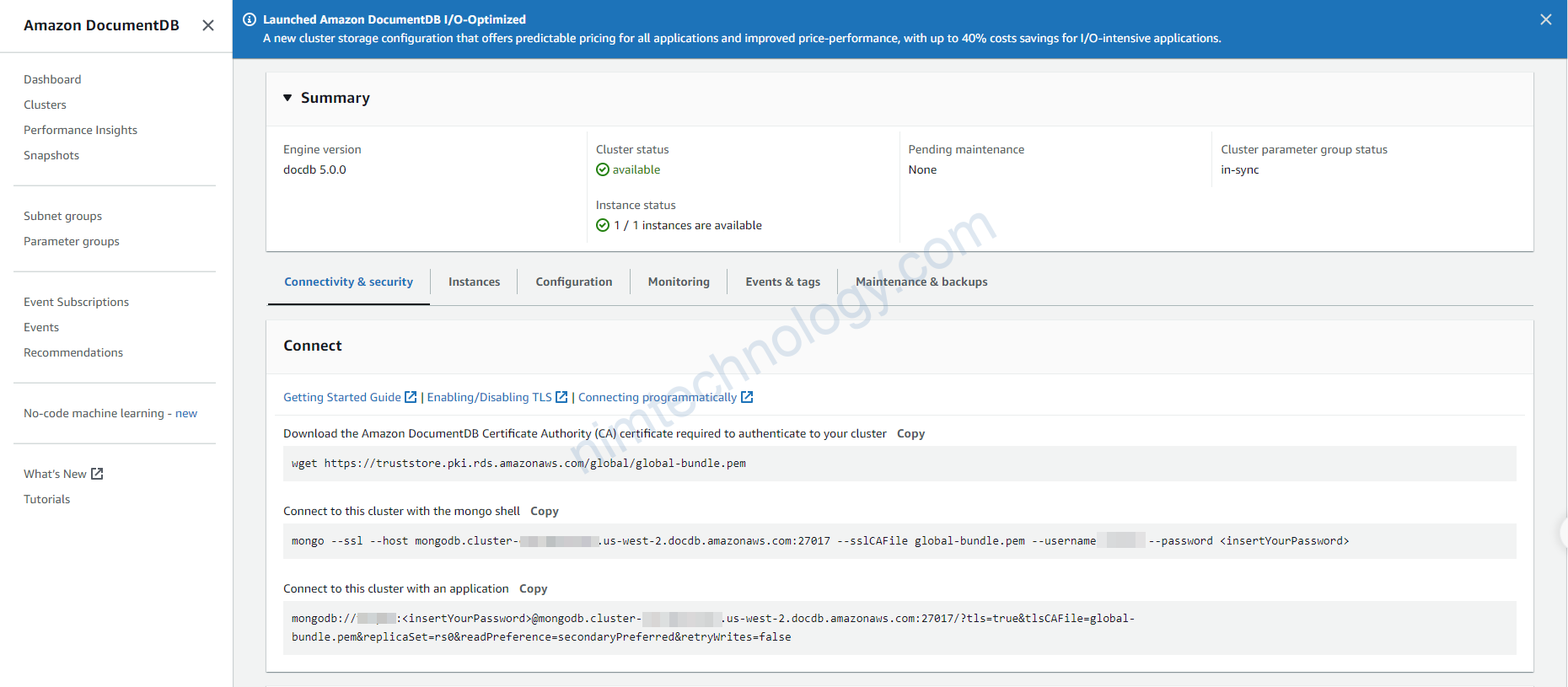
Có một chỗ này khi mình sài navicat:
với hướng dẫn của AWS thì chúng ta phải sài file .pem
mongodb://txxxxn:<insertYourPassword>@mongodb.cluster-xxxxxx.us-west-2.docdb.amazonaws.com:27017/?tls=true&tlsCAFile=global-bundle.pem&replicaSet=rs0&readPreference=secondaryPreferred&retryWrites=falseBạn có sài URL như thế này không cần file .pem
ssl=true là ok
mongodb://<username>:<pass_word>@mongodb.cluster-xxxxx.us-west-2.docdb.amazonaws.com:27017/?ssl=true&authSource=admin&tlsAllowInvalidCertificates=true&replicaSet=rs0&readPreference=secondaryPreferred&retryWrites=falseDocumentDB Terraform module
https://registry.terraform.io/modules/mrnim94/documentdb-mongodb/aws/latest
data "aws_vpc" "selected" {
tags = {
Name = "dev-mdcl-nim-engine" # Replace with your VPC's tag name
}
}
data "aws_subnets" "private_networks" {
filter {
name = "vpc-id"
values = [data.aws_vpc.selected.id]
}
filter {
name = "tag:kubernetes.io/role/internal-elb"
values = ["1"]
}
}
module "documentdb-mongodb" {
source = "mrnim94/documentdb-mongodb/aws"
version = "0.0.8"
vpc_id = data.aws_vpc.selected.id
subnet_ids = data.aws_subnets.private_networks.ids
cluster_name = "mongodb"
engine_version = "5.0.0"
cluster_family = "docdb5.0"
allow_major_version_upgrade = true
retention_period = 35
instance_type = "db.t3.medium"
cluster_size = 1
allowed_cidr_blocks = [data.aws_vpc.selected.cidr_block,"10.195.8.0/21"]
}

